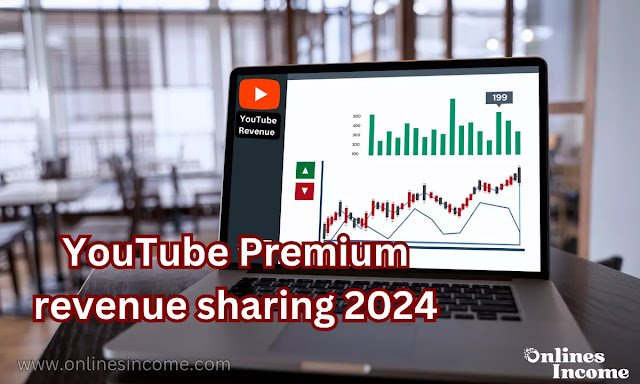YouTube has undoubtedly transformed the way we consume content on the internet. From viral cat videos to in-depth educational tutorials, YouTube has something for everyone. While it is primarily known for its vast collection of free videos, YouTube Premium has changed the game by offering an ad-free, premium viewing experience for subscribers. But how does this relate to content creators, and what is YouTube Premium revenue sharing all about? In this article, we’ll delve into this topic and provide you with valuable insights.

Understanding YouTube Premium
YouTube Premium is a subscription-based service offered by YouTube. Subscribers pay a monthly fee to enjoy an ad-free, uninterrupted viewing experience. Additionally, they gain access to exclusive content, offline downloads, and background play, making it a compelling offer for many users.
The Basics of Revenue Sharing on YouTube
YouTube has a well-established monetization system for content creators. Ad revenue generated from ads displayed on videos is shared between the platform and creators. This system has been the cornerstone of YouTube’s business model.
How YouTube Premium Affects Revenue Sharing
YouTube Premium subscribers enjoy an ad-free experience, which means that they won’t see ads on videos. So, where does the revenue come from? YouTube Premium redistributes a portion of the subscription fees to content creators based on factors such as watch time on their videos.
Benefits for Content Creators
Content creators can benefit significantly from YouTube Premium revenue sharing. With YouTube Premium subscribers in the mix, creators can potentially earn more revenue from their content. It’s an additional source of income that complements ad revenue.
Challenges and Concerns
While YouTube Premium offers several advantages, there are challenges as well. Creators might worry about the potential decrease in ad revenue from non-subscribers. Striking a balance between catering to both audiences is crucial.
YouTube Premium Revenue Sharing Model
To understand the revenue-sharing model better, let’s break it down. YouTube Premium’s subscription fees are pooled into a revenue share pool. This pool is distributed to creators based on the watch time their content receives from Premium subscribers.
How to Maximize Your Earnings with YouTube Premium
Creators can maximize their earnings through several strategies. Engaging content, encouraging subscriptions, and promoting Premium-exclusive content are some effective approaches.
Success Stories of Creators
Many content creators have found success with YouTube Premium. Sharing their stories can inspire and motivate other creators to explore this revenue stream.
Analyzing the Competition
In a crowded content market, it’s essential to stay competitive. Analyzing the strategies of other creators can help you understand what works and what doesn’t.
Tips for Growing Your YouTube Premium Subscribers
Growing your subscriber base is key to increasing your YouTube Premium revenue. Offering unique, premium-only content and promoting your channel can attract more subscribers.
Case Studies
Let’s dive into some case studies to see how different creators have harnessed YouTube Premium to boost their earnings.
Monetizing Beyond YouTube Premium
While YouTube Premium is a significant income source, creators should also explore other monetization options, such as merchandise, sponsorships, and affiliate marketing.
Staying Compliant with YouTube Policies
YouTube has specific policies in place to maintain a fair and ethical content-sharing platform. Creators must adhere to these guidelines to ensure their success with YouTube Premium.
YouTube Premium revenue sharing presents an exciting opportunity for content creators to increase their income. With the right strategies, it can be a significant addition to their revenue streams. As YouTube continues to evolve, understanding and embracing new monetization avenues is vital for long-term success.
